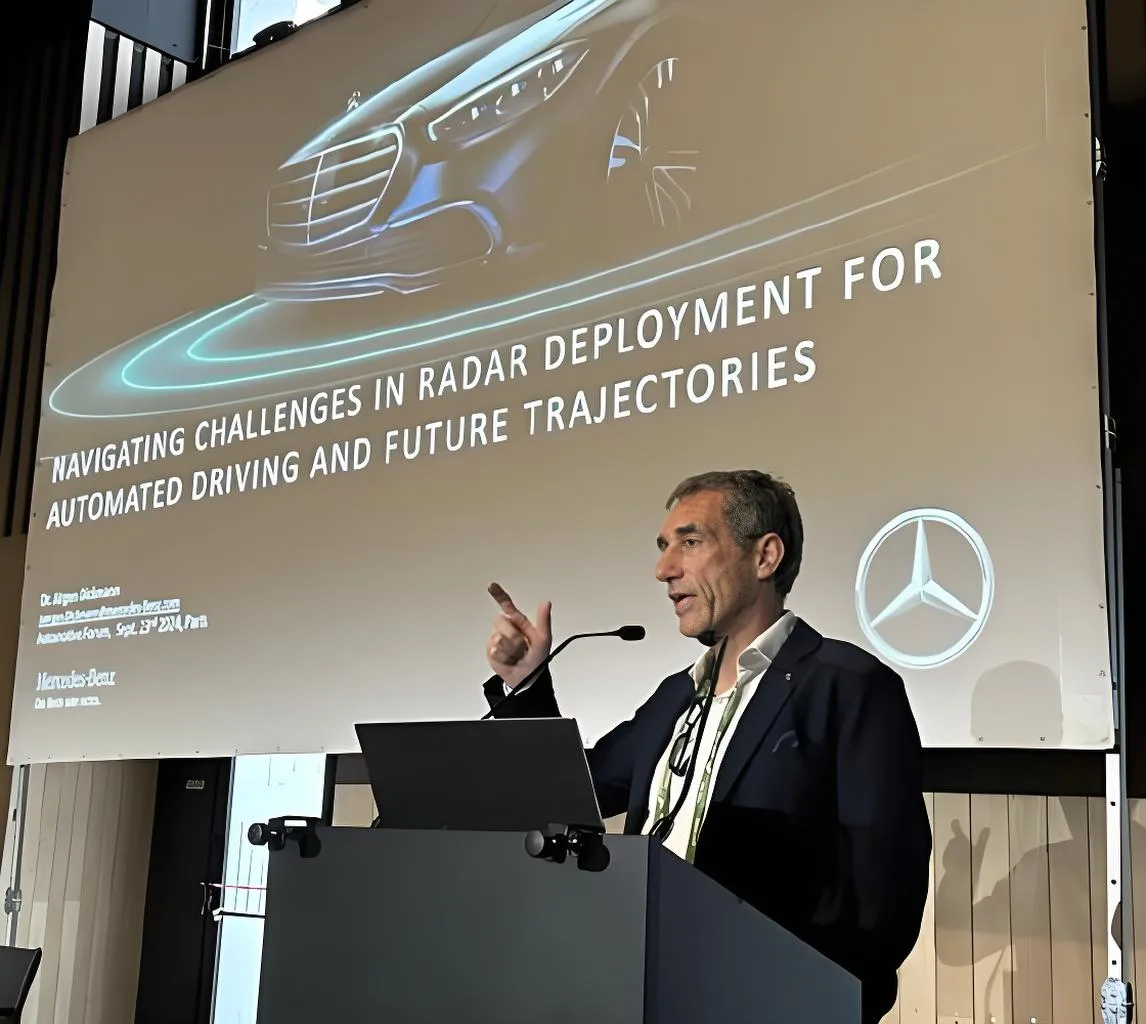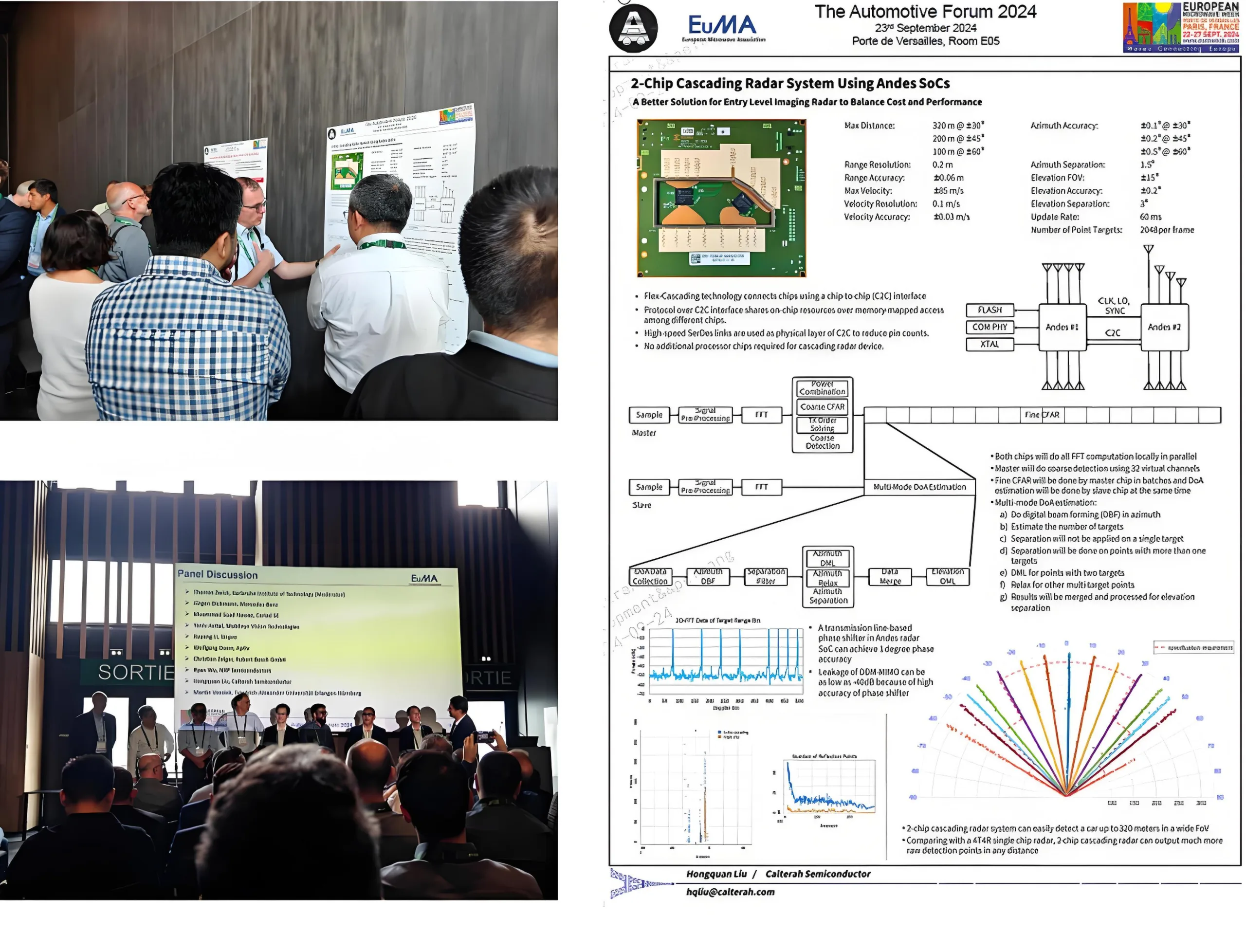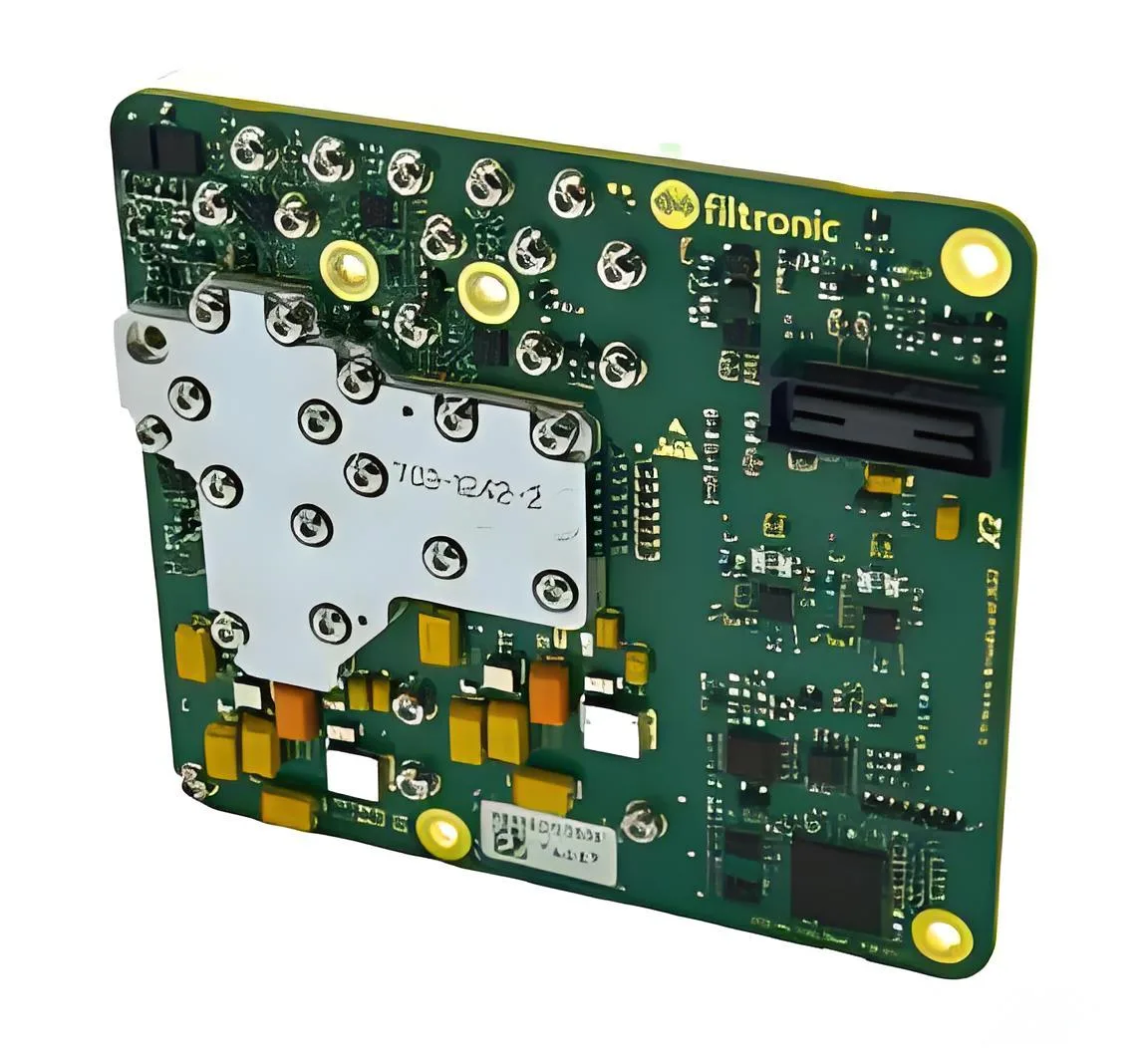
European Microwave Week
In today’s rapidly advancing world, radio frequency (RF) and microwave technology serve as the cornerstone of modern communication and sensing systems, leading an unprecedented technological revolution. The European Microwave Week (EuMW) 2024, held in the romantic and intellectual city of Paris, France, once again brought together global elites in the field of RF and microwave technology to witness and discuss the latest advancements and future trends in this domain. This grand event attracted over 4,000 participants, 1,600 conference delegates, and more than 300 exhibitors, collectively painting a magnificent blueprint for the development of RF and microwave technology.

The Tidal Wave of High-Frequency and High-Power Innovations
The Tidal Wave of High-Frequency and High-Power Innovations
With the global rollout of 5G technology, the industry’s focus has shifted towards exploring advanced functionalities of 5G and the nascent 6G technology. These cutting-edge research areas extend beyond traditional low-frequency bands (such as FR1, FR3) into higher frequencies like millimeter waves and terahertz bands, heralding limitless possibilities for wireless communication technologies.
Reconfigurable Intelligent Surfaces (RIS) emerged as a highlight of the conference. This innovative technology effectively addresses signal propagation challenges by dynamically adjusting surface characteristics, enhancing network density, and coverage range. Nokia showcased a D-band full-duplex point-to-point link achieving an impressive 10 Gbps transmission speed at 300 GHz, offering an exciting glimpse into the future applications of D-band technology. În plus, the integration of communication and sensing technologies promises revolutionary changes in smart transportation, industrial automation, environmental monitoring, and healthcare sectors.
The convergence of terrestrial and satellite technologies was another hot topic at the conference. To meet the global demand for broader bandwidth and wider connectivity, Ka and Ku band broadband connection technologies, along with L and S band direct satellite connection technologies, are rapidly evolving. Under the 3GPP standardization framework, continuous progress has been made, with ten bands currently available for satellite communications and more expected to follow. Notably, from the 20th edition of 3GPP onwards, the introduction of new 3D satellite constellations combining geostationary orbit (GEO) and low Earth orbit (LEO) satellites aims to build a more efficient and flexible communication system, providing robust support for Internet of Things (IoT) and big data applications.
In the automotive and defense sectors, radar technology also demonstrated significant potential. With the rapid development of intelligent vehicles, automotive radar technology is gradually evolving towards imaging radars, incorporating advanced concepts such as sparse arrays, distributed aperture radars, and cognitive radars. Despite the commercialization challenges faced by autonomous driving technology, its potential in improving road safety and reducing traffic congestion cannot be overlooked. Meanwhile, advancements in aviation and defense markets have not only increased output power but also significantly reduced the size, weight, and cost of equipment, bolstering national defense capabilities and strength.
The Leap Forward in RF Semiconductor Technology
Progress in RF semiconductor technology was another major highlight of the conference. As communication technologies continue to evolve, the RF semiconductor industry faces new challenges and opportunities. The shift from traditional silicon materials to compound semiconductors paves the way for the birth of next-generation RF devices.

Microwave RF PCB
For the upcoming 5G Advanced technologies and 6G, the FR3 spectrum has become a new hotspot in the competition for RF semiconductor technology. The development of the sub-terahertz spectrum is expected to commence after 2030, opening up vast new territories for future communication technologies. In satellite applications, intense competition between gallium nitride (GaN) and gallium arsenide (GaAs) technologies in terms of power output and frequency adaptability is underway. UMS is developing more advanced GaN-SiC technologies and pushing forward high-power GaAs device research; Macom is developing 60nm GaN-Si technology and 40nm GaAs LNA for Q/W band satellite communications and D band ground applications, providing efficient and reliable solutions for telecommunications.
Furthermore, industry giants like STMicroelectronics and GlobalFoundries showcased their latest achievements in RF semiconductor technology. STMicroelectronics improved its SiGe BiCMOS product line to meet high-frequency and high-power demands, while GlobalFoundries presented its SiGe and RFSOI technology roadmaps, showcasing unique advantages in high-frequency and high-power applications.
The future development of RF devices will increasingly rely on heterogeneous integration technologies, such as System-in-Package (SiP), 2.5D., and 3D integration. These technologies aim to optimize various components of transmit and receive chains to meet diverse application requirements for power, performance, and cost. This means that future RF devices will adopt combinations of multiple technologies to achieve more efficient, flexible, and intelligent communication and sensing.
Concluzie: The Endless Possibilities of RF and Microwave Technology
European Microwave Week 2024 not only showcased the outstanding achievements of current RF and microwave technologies but also pointed the way forward for the field’s future development. With continuous innovations in high-frequency technologies, satellite communications, automotive radars, and defense technologies, the RF semiconductor industry is poised for significant growth in the coming years. The rise of heterogeneous integration technology will be a key driver in advancing the next generation of communication and sensing devices.
Amid this technological revolution, we eagerly anticipate the emergence of more innovative outcomes, bringing more convenient, efficient, and intelligent communication and sensing experiences to human society. Let us move forward together, exploring the future frontiers of RF and microwave technology, and jointly create a better tomorrow!
 LOGO UGPCB
LOGO UGPCB

